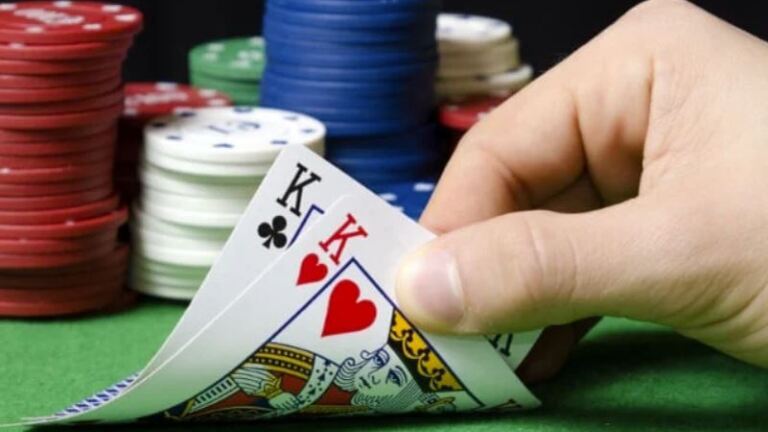 A
A  6 suited and the flop is
6 suited and the flop is  2
2  7
7  J . We only have an Ace high for the time being, but the remaining cards are the real value of our hand: we are holding the nut flush draw, but does it worth the raise or the call?
J . We only have an Ace high for the time being, but the remaining cards are the real value of our hand: we are holding the nut flush draw, but does it worth the raise or the call?Being able to fully answer this question is a trait of a good poker player. If we are in the blind concerning our chances, we will not know for sure whether it is worth calling the opponent’s bet. What if our opponent bet 10 in a pot of 30? Is it worth following him? We cannot possibly answer these questions if we are not capable of counting our odds.
In poker terms, the cards that will complement our hand to make it of greater value are called ’outs’. If we take the above example, how many outs do we have?
In total, we know that the deck contains 13 diamond-suit cards, with two of these being in our hands and two on the board, this leaves us with 13-(2+2)=9 diamonds. In such a case it means that we have 9 outs and any of these will make our hand a nut flush it they are drawn. That is good so far, now we have to know what are the odds of these turning up on the turn or the river.
In the following table you can see the explicit connection between the odds and the outs:

When we know the number of outs and the odds in percentages, it is relatively easy to decide whether to call the bet of our opponent or not. If our chances of improving our hand are greater than the amount of money we need to risk (in relation to the size of the pot), we need to call, but if the opposite is true, we should not call (if we are not taking the implied odds into consideration)
Outs and odds thumb rule
Of course it is not necessary to learn the above table by heart, there is a simpler formula for all situations of gameplay:
If we, for example, happen to have 3 outs, then we have about 3*2=6% odds on each street (so, on the flop these odds are 3*2*2=12%). It is clearly visible from these figures that the true percentage is 12.5% on the flop and 6.5% on the river.
But if we have 10 outs, we have around 10*2=20% odds on each street. (so, on the flop these odds are 10*2*2=40%) It can be clearly seen, that the true percentage is 38.4% on the flop and 21.7% after the turn.
As we have seen so far, all we have to do is to multiply the number of our outs by 4 on the flop, and by 2 on the turn. Using these easy calculations a player is able to determine his real chances. (The rule of thumb gives exact value up to 13 outs, but above 13, there can be greater differences between the higher values, it is important to bear this in mind!)















0 comments